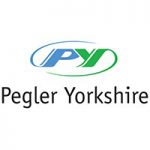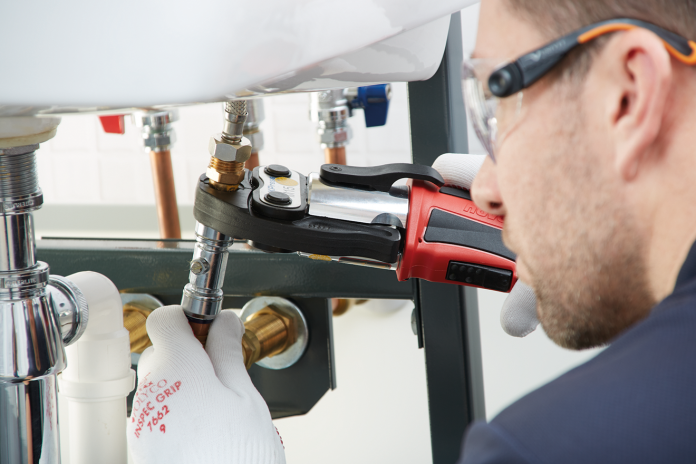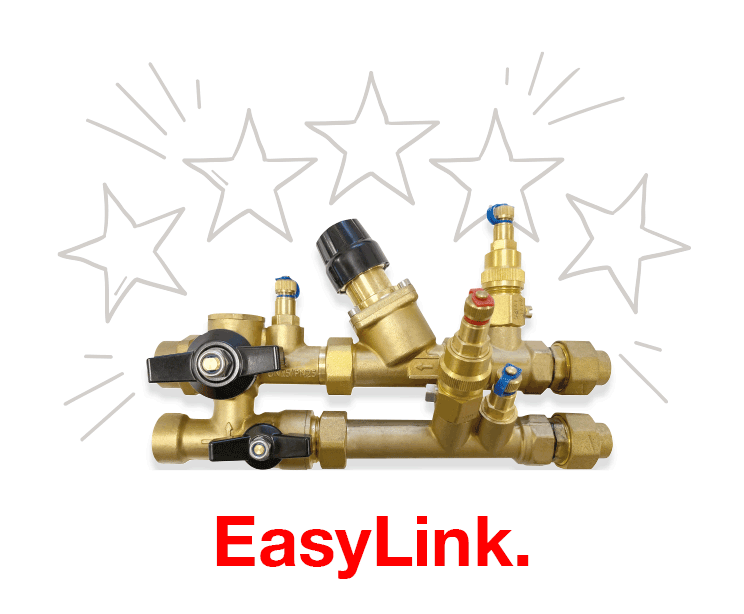It is clear that today’s installer is much more likely to opt for a system that provides cost and time saving benefits over most other things and what is evident is that both quality metal push and press systems offer these benefits in abundance!
That is why we believe there has been a notable rise in the amount of systems being installed that now benefit from a combined approach.
Research, undertaken by Pegler Yorkshire, has shown that there are many reasons as to what influences an installer’s decision as to their preferred system of choice. These range from education and tradition through to time and cost saving and no heat requirements. Quality and the reduced risk of system failures still remains on the priority list and as such metal push and press fittings are leading the way.
PRESS TECHNOLOGY
Press-fit has a reputation for being a high performing solution. Since its inception in the late 1950’s its popularity has been paramount to the success of many projects. Because there is no need to use heat and solder it is a very clean and fast jointing method. It doesn’t leave carbon deposits or flux so there is less risk of corrosion and time required to flush the system.
PUSH TECHNOLOGY
On the other hand, push-fit is relatively new in comparison – introduced back in the 1980’s it was originally classified as a light domestic solution used in conjunction with plastic piping. But today’s metal fittings have advanced so much that push-fit is now being used on a full range of projects from small domestic to large scale commercial, including The Shard. The technological improvements of quality push-fit fittings means they are now compatible with a variety of pipe materials and their range can easily dovetail with a wide choice from plastic to flexible metal, copper and even stainless steel. So why should an installer choose metal push or press fit? Compared to traditional methods, the flameless installation offered by metal push or press fittings eradicate fire risk during the jointing process. It negates the requirement for a hot work permit and eradicates localised annealing from high temperatures.
As well as potential fire hazards, traditional methods use flux and solder which can run inside the fitting. A metal push or press fit system does away with the need for additional substances in order to create the seal, therefore eliminating any flux deposits which can cause a corrosive build up and shorten the lifespan of a system. Plus, with no solder on the internal walls of the pipe and fitting, the system operates with a full bore and less time is required to rigorously flush the system on completion.
Another reason as to why these two complementary methods of jointing have been preferred is the issue of working in confined spaces. It can be almost impossible to ensure a joint is made correctly, when using traditional techniques, if access to it is restricted. If the blowtorch, for example, cannot be passed around the fitting completely, there is a risk that jointing is incomplete and a corresponding risk of leakage.
IDENTIFYING QUALITY
Yet with the variety of metal push and press fit systems on the market and with basic components being similar, how does an installer identify a system that will provide a reliable connection? Most attempt to work in the same fashion, yet, it is the extent to which they succeed, and the quality with which they are manufactured which separates them.
The basic concept of a metal push-fit fitting, for example, comprises of a metallic body, a plastic cartridge, a seal and a grab ring. This metallic body provides a range of features; it ensures the joint remains stiff, offers strength and reliability, as well as providing electrical continuity in some cases.
Highly engineered quality modern systems now incorporate easily identifiable fail-safe features, such as Pegler Yorkshire XPress’ unique Leak Before Press design that allows installers to instantly identify unpressed joints.
Every installation will bring its own challenges but the key is being able to adapt. Today’s systems allow easy adoption of differing methods and products and offer a reliable and robust conclusion.
Manufacturers are tuning into this combined approach and, according to the research by Pegler Yorkshire, there has been a significant upturn in the demand for press and push ended valves. There is now a variety of press, press union and push end connections penetrating the market, which ensure installers are able to carry on adapting to their preferred installation method without compromising the overall system.

T: George McGuire, Area Sales Manager, on 0044 (0)7912 406 101
E: george.mcguire@pegleryorkshire.co.uk
W: www.pegleryorkshire.co.uk











